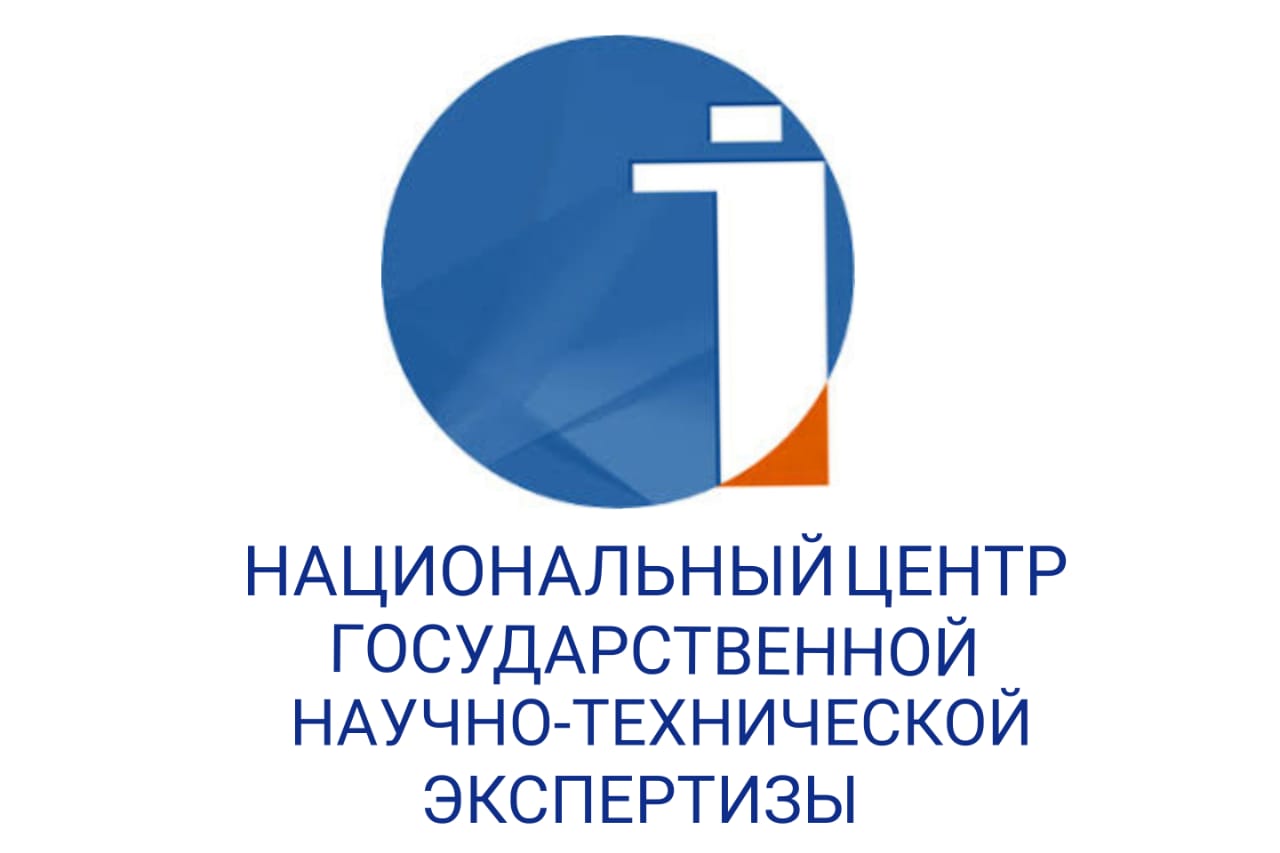THE CONTEMPORARY KAZAKH TERMINOLOGY: EXAMINING INTERFERENCE PATTERNS
DOI:
https://doi.org/10.48371/PHILS.2025.1.76.002Keywords:
Kazakh, interference, terms, terminology, bilingualism, multilingualism, language contacts, communicationAbstract
Currently, the study of relationships between closely related and contacting languages is an important topic in the field of language contacts. This is particularly relevant in Kazakhstan, where mixed patterns involving Russian and English components in Kazakh speech has become widespread. The interaction with speakers of other languages, the development of writing systems, spelling reform, and the integration of terminology play a significant role in developing language and terminology. This issue is significant in the context of sociolinguistics as it helps to explain the factors contributing to linguistic interference and how to prevent, identify, and overcome this interaction at different language levels. This work aims to analyze the development of the modern Kazakh terminological system, specifically examining the role of interference and its significance within the linguistic system. The study follows a linguistic analysis framework, incorporating comparative and descriptive methods to identify borrowed terms, structural changes, and semantic shifts caused by language interference in terminology. Lexical, morphological, and syntactic levels of interference were examined to determine the extent and nature of external linguistic influences on Kazakh terminology. The study benefits linguistic research by identifying the theoretical and practical foundations underlying the occurrence and frequency of linguistic interference in the development of the current Kazakh terminological system and its potential impact on the Kazakh language.








